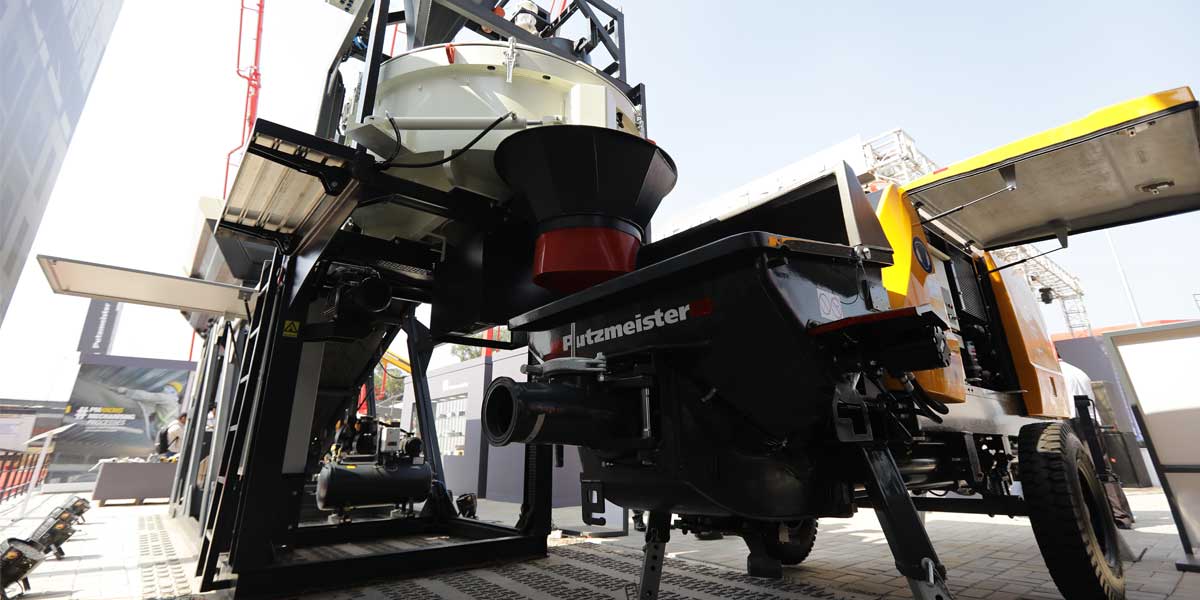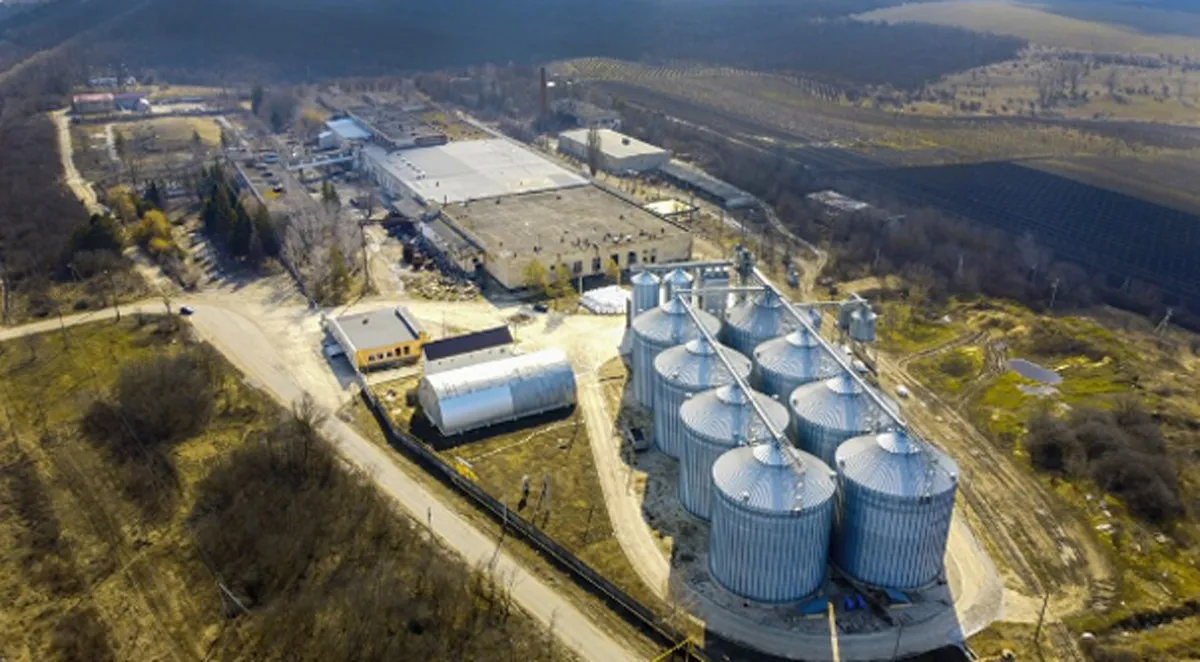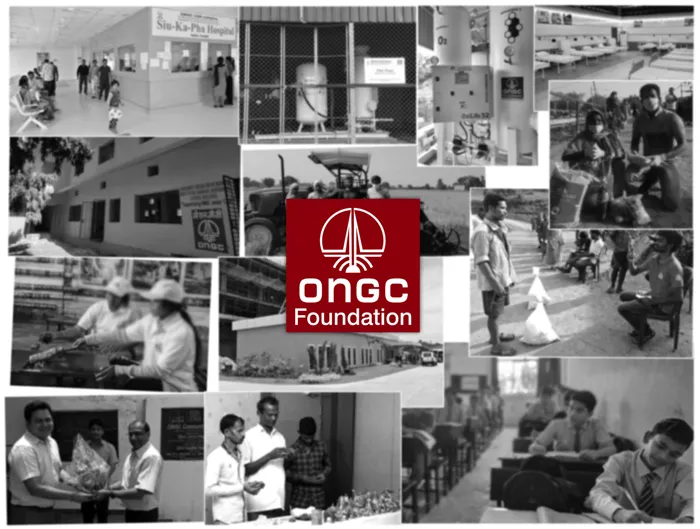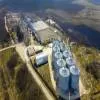This year, the months of April and May were a washout from the concrete business perspective. During the lockdown, forecasters predicted that demand for concrete would dip substantially year on year, possibly up to 25 per cent.In June-July, some activity resumed but business was subdued because a lot of sites were closed as migrant labour was unavailable, shares VG Sakthikumar, Managing Director, Schwing Stetter India, Convenor for Membership Committee, ICEMA, and Chairman of the Mechanisation Committee, Builders Association of India.“While demand has picked up after lockdown, not all product categories are picking up at the same pace,” says Wilfried Theissen, Managing Director, Putzmeister India. “This is mainly because of the availability of labour coupled with liquidity issues that have carried over from 2019, as a result of which the concrete equipment industry was cautiously optimistic in its projections for 2020.”
“It is as though this calendar year has been cut short to eight to nine months,” says Sakthikumar. “We cannot expect the revival to cover up for lost time to touch the level of business in 2019.”The only silver lining now that the monsoon is over is that business is expected to pick up. And subject to the COVID-19 load, the current quarter will possibly close on a higher note than 2019 because of pent-up demand and the strong desire to get back to work, reasons Sakthikumar.V
For his part, Rajinder Raina, Senior Vice-President, Macons Equipments, expects the positive outlook for the second half of the current fiscal to help settle degrowth at 20-25 per cent.
Demand drivers
Ranjit More, Managing Director, Universal Construction Machinery, expects road projects, ports and power projects to see movement in the coming months.
Sakthikumar cites road, railway, solar power and other power-related projects as moving and expects these to lead the recovery.
“Infrastructure and affordable-housing projects continue to drive demand—this mix is likely to stay the same in the medium term,” observes Theissen. However, for concrete equipment demand to really grow, he believes the penetration of ready-mix concrete (RMC) and use of pumpable concrete needs to increase.
Trending equipment
In Tier-2 cities such as Hyderabad, Pune, Lucknow, etc, where construction companies have the space to make concrete onsite, onsite concrete-making equipment has shown an upward tick during the pandemic because the delivery of readymade concrete has become less reliable, observes More. That said, he expects construction companies to try to cut costs by opting for smaller size/capacity concreting machines for their projects, including batching plants, etc.
“Self-loading transit mixers, sprayed concreting equipment for shotcreting work inside tunnels, dams and canals and guniting equipment for major concrete repairs are doing well,” adds Raina. “As these are all downstream equipment, they will, in turn, help grow demand for batching, mixing, placing and haulage/transit equipment.”It’s interesting that Raina mentions traditional concreting equipment. Mitul Patel, Managing Director, Apollo Inffratech Group, informs us that demand for this segment, which includes Apollo-Carmix self-loading mixers and batching plants, is currently down by 10-15 per cent. What’s up, according to him, is the precast concrete equipment business. “Our group company Apollo Zenith, which manufactures concrete and block-making machines, has seen 15-20 per cent growth,” he shares.
Many of these orders are for road projects in the Northeast specifying the use of interlocking pavers instead of regular concrete pavers, because asphalt doesn’t hold very well in high humidity-heavy rainfall regions while making a concrete road is impractical in hilly regions. Patel expects projects in the Northeast to continue to generate demand over the next year based on the current pipeline and customer inquiries about high-capacity equipment. Additionally, demand for block machines is also doing well in other parts of India.
Demand for concrete pipes and box culverts used in highway projects and state highways is also up, observes Patel and, consequently, another Apollo Inffratech Group company with a healthy order book is Apollo HawkeyePedershaab Concrete Technologies.
Given that mechanisation in concreting is limited to the mid and large segments, and jobs from mixing and haulage to casting are all done manually on small concreting works, Raina sees a lot of scope for concrete equipment. And Theissen believes manpower shortages might increase the adoption of mechanised construction practices in the longer term.
“We are yet to utilise our current installed capacity of cement; therefore, a lot more is yet to come,” adds Raina. Hopefully, the best is around the corner.
What industry needs from government
“The construction industry needs long-standing liquidity issues to ease up,” says Wilfried Theissen, Managing Director, Putzmeister India.
“Banks are seeing the pandemic as a risky period; hence, their appetite for loans for construction equipment is low,” agrees VG Sakthikumar, Managing Director, Schwing Stetter India, Convenor for Membership Committee, ICEMA, and Chairman of the Mechanisation Committee, Builders Association of India, making a plea for bank finance to be encouraged.
“Various government agencies still owe construction companies and contractors large sums,” observes Theissen. “Injecting liquidity into the system by clearing payments will help the entire ecosystem and bring some much-needed relief to the sector.”Real estate is down as the levels of unsold residential real estate are high and confidence in the business viability of commercial segments like malls has dipped in view of the prolonged lockdown. In this scenario, “the Government needs to look sharp as it is the biggest spender in India,” says Rajinder Raina, Senior Vice-President, Macons Equipments.
A lot depends on government spending on infrastructure because residential and commercial real estate, which traditionally accounted for 30-35 per cent of demand for concrete, has come under pressure owing to the pandemic, says Ranjit More, Managing Director, Universal Construction Machinery.
“Speedy, prioritised allocations to infrastructure projects like airports, railways, metros, rural and urban roads, expressways under NHAI and smart cities would help recovery,” suggests Raina. “Restarting metro railway works and railway expansion projects and fast-tracking government-funded, affordable real-estate projects and some major hydel power projects would also help.”
“Greater government investment in infrastructure and projects entailing the construction of institutional buildings such as medical colleges, etc, would help the construction industry,” opines Sakthikumar. He also makes the case for higher depreciation benefits for construction machines on the same lines as automobiles.
And Raina observes that a number of projects in the private sector are also awaiting a nod.
What’s new?
Notwithstanding the lockdown, leading players are focusing on product upgrades as well as portfolio and capacity expansions.
Universal Construction Machinery is focusing on the sales of mobile concreting machines as against stationary ones. Its newer models include value-added features such as solar lighting and smart control systems, enabling tighter monitoring.
Various industry players, including Putzmeister, have already been offering telematics solutions to aid remote monitoring of equipment. Wilfried Theissen, Managing Director, Putzmeister India, expects such solutions to become the norm in the near future.
As a product of R&D, Schwing Stetter India is launching IoT-enabled connected smart machines, which are in demand, according to VG Sakthikumar, Managing Director, Schwing Stetter India, Convenor for Membership Committee, ICEMA Chairman of the Mechanisation Committee, Builders Association of India.
Based on customer demand, Putzmeister introduced a stationary concrete pump especially designed for the ready-mix concrete sector at Excon last year. Of late, the company has been working on the Putzmeister machine cockpit, a remote fleet management solution for truck-mounted boom pumps. And together with Sany, Putzmeister is offering an expanded range of batching plants.
Apollo Inffratech has launched 5-tonne to 30-tonne-per-hour mortar-mixing plants, an emerging segment where Mitul Patel, Managing Director, Apollo Inffratech Group, sees “no major brands” and therefore an opportunity for his company to establish itself as a leader.
Apollo Inffratech has also recently entered into a partnership with Aircrete Europe, a leader in autoclaved aerated concrete (AAC) panel production technology. “In view of high quality product demand, we saw an opportunity for an Indo-European player to enter this segment,” Patel explains. “Also, the AAC market in India has matured a lot and companies are now looking at quality and speed over price.”
Schwing Stetter India is close to opening a new factory (its fifth) about two hours from Chennai's city centre, which will be used to increase its capacity to make boom pumps and batching plants and take on its hydraulic excavator line.




















